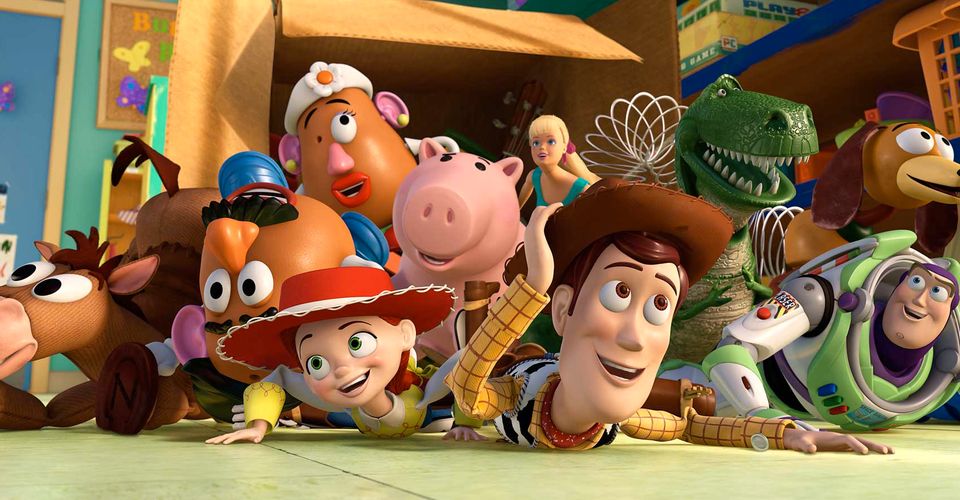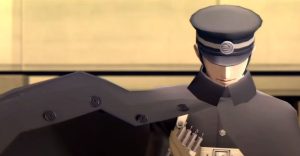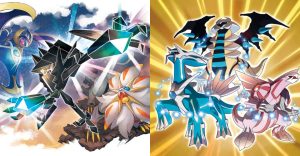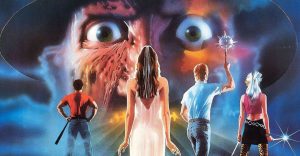5 Times Product Placement Improved The Films It Was In (& 5 Times It Was Just Distracting)

Product placement has a very interesting history with cinema, it originally comes from the idea that when a consumer sees advertisements directly from an organization they assume a certain degree of illegitimacy. Therefore, the logic continues, if a product is placed into the context of a film and the organization in question has sacrificed some control over how it is presented, this presentation maintains credibility.
That’s the corporation logic anyway, in reality, no one likes being propositioned to buy products when they’re trying to enjoy a movie. But product placement has become a necessary evil, contributing massive funding to films that otherwise might have struggled with production. With that in mind, let’s take a look at some product placement that was well integrated and perhaps even contextually beneficial to films (and some that are glaringly awful, for contrast).
10 Good: Toy Story – The Toys

There’s no other film that exemplifies Pixar’s ability to pick an emotional nerve a strike with such precision that you ugly cry into your popcorn, but what if I told you most of the characters were brand integrated? It’s a movie about anthropomorphized toys so of course companies like Mattel, Fisher-Price, and Hasbro had their products (Mr. Potato Head, Barbie, Etch-A-Sketch to name a few) included.
The most amazing example is Woody’s sidekick Slinky Dog, who’s manufacturer James Industries had gone out of business 10 years prior. But the first Toy Story was so successful and the demand for Slinky Dogs got so high it actually brought James Industries back into business.
9 Bad: James Bond – Omega & Heineken

To this day James Bond is pretty synonymous with product placement, look no further than Aston Martin for a clear example of that. However one of the most recent examples of truly egregious product placement came in Daniel Craig starring Casino Royal.
In a scene between Craig and co-star Eva Green, she asks him if he’s wearing a Rolex, to which he replies with a smarmy “I’m better than that” smile, “Omega”. If you think that’s some eye-rolling advertisement, consider the fact that Heineken forked out $45 Million to replace the Vodka Martini (shaken, not stirred) as Bond’s drink of choice just a few movies later in Skyfall.
8 Good: Guardians Of The Galaxy – Walkman

I Am Groot, a CGI Raccoon, and a toe-tapping 70’s soundtrack are likely all things that spring to mind when you think of James Gunn directed Guardians of the Galaxy. What might often slip your mind is the constant presence of Star-Lord’s Sony Walkman.
Obviously the choice of product had a lot more to do with artistic character choice than a fat paycheck from Sony, and it likely didn’t impact the sales of a product they no longer manufacture. However, it likely did raise brand awareness for Sony and its current Walkman range. It’s forgivable product placement because it feels organic and true to Peter Quil’s character.
7 Bad: Transformers – The Cars

Transformers are movies about giant robots that metamorph into vehicles, we get it, the cars are pretty unavoidable. The problem is, and you’ll know where this is going if you’ve ever seen one of these films, that director Micheal Bay started his career in advertising, and it shows.
Using camera angles straight out of a car commercial and always having characters crack wise about how cool the Autobots trim is, it’s no surprise that the first film actually has the titular robots spend more time as automobiles than as Autobots. That and the military inclusion in the film basically makes the Transformers franchise pay to view propaganda…
6 Good: Spider-Man: Into The Spider-Verse – Alternate Universe Products

You wouldn’t think it at first glance, but Spider-man: Into The Spider-verse is chock full of product placement. Putting aside the Nike Air Jordans that Miles Morales sports throughout the film and the blatant Sony product placement, most of the brands glimpsed as Spidey swings through NYC are actually great world-building.
Even the real Times Square is an advertisement mecca, so it would be inauthentic if the one that appears in the film was void of commercialism. Spider-man: Into The Spider-Verse, however, takes place in an alternate universe to our own, in which their products look more like Koca-Soda, RedEx, and Planet Inglewood just as a few examples that are fun to spot.
5 Bad: Jurassic World – Verizon Wireless

From some sneaky world-building brand integration to some that took a leap in that direction but ultimately fell flat on its prehistoric face. In the first Jurassic World film, the Verizon Wireless logo appears on-screen in virtually every discussion of the film’s main dino, after all, “Verizon Wireless presents the Indominous Rex”.
It’s obvious what director Colin Trevorrow was going for, in fact, his reuse of the Jurrasic Park theme as a child takes in the awe of the branded theme park is blatant evidence that a commentary on consumerism was the aim. But the film doesn’t follow through and following some dialogue between Owen and Claire discussing the nature of dinosaurs as consumer attractions, the angle is dropped just becoming another logo with purchased screen time.
4 Good: Fast And Furious – Corona

Corona and the Fast & Furious franchise have a strange relationship and that’s mostly down to it not being product placement in the traditional sense. Corona have never paid to be included in the films, which is strange considering that the Toretto’s have a lot of BBQ’s and they exclusively drink Corona (audibly mentioning this) at said events in virtually every movie.
It’s been estimated that the franchise has given Corona around $15 Million in free advertising and the only reason the cast and filmmakers can come up with as to its presence, other than Corona sending several cases to the production of the first movie, and it just sort of sticking.
3 Bad: Man Of Steel – IHOP

While Zac Snyder’s Man of Steel had a budget of $225 Million it managed to pull in $160 Million before ticket sales began, all thanks to product placement and brand deals (the Carl’s Jr. ad is a personal favorite).
The most famous product placement within the film has to be the iHop add spot that takes place midway through the pivotal fight between Superman and General Zod’s goons. A moment in the action sees Superman tackle one out of the air and straight into an IHOP, the logo front and center, lingering for a comical amount of time. It’s not subtle.
2 Good: Wayne’s World – Pizza Hut, Doritos, etc.

When it comes to product placement there seems to be two schools of thought, either integrate it organically or make it shamelessly blatant. Wayne’s World throws the brand integration rule book and throws it out of the window. In a scene in which Wayne, Garth, and their manager discuss bowing down to their advertisement overlords, Wayne holds up the film’s real-life sponsors in a moment of satirical brilliance.
Obviously this isn’t the only product placement in the film, in fact, a lot of it is seamlessly integrated so that it slots into some of the character’s more naturalistic dialogue, but it’s all done so well no one has been able to really replicate it.
1 Bad: Wings – Hershey

The original placer of products had to be included on this list, and while many believe that the first modern integration of brands in a blockbuster was the Reeses pieces in E.T. it was, in fact, the 1927 film Wings and a Hershey’s chocolate bar.
Specifically, it was the first Academy-Award winning film to feature product placement, there were films such as the 1920’s film The Garage that came sooner. However, Wings kicked off what we know product placement to be today, featuring many insert shots of Hershey’s chocolate bars, as well as main characters eating them, and starting the trend is well worth the final spot on this list.
About The Author
















